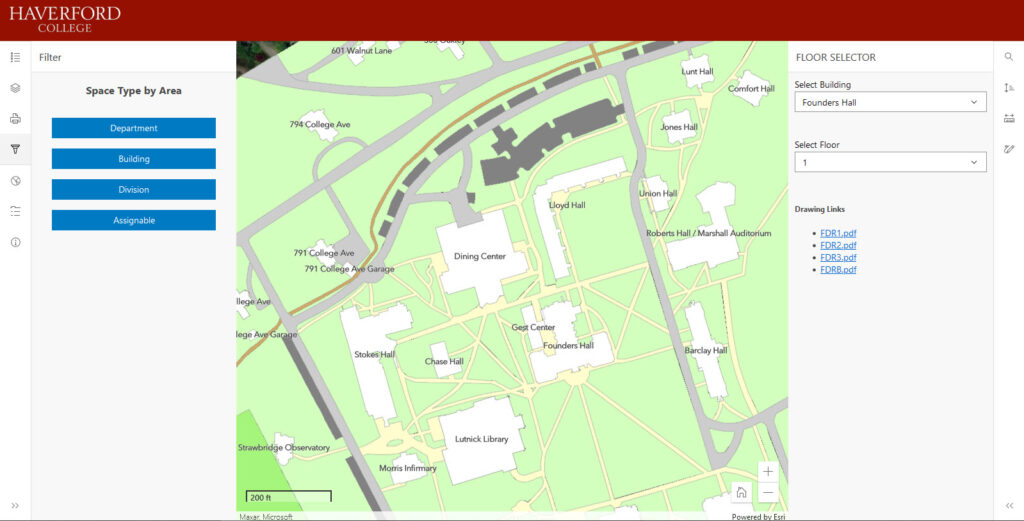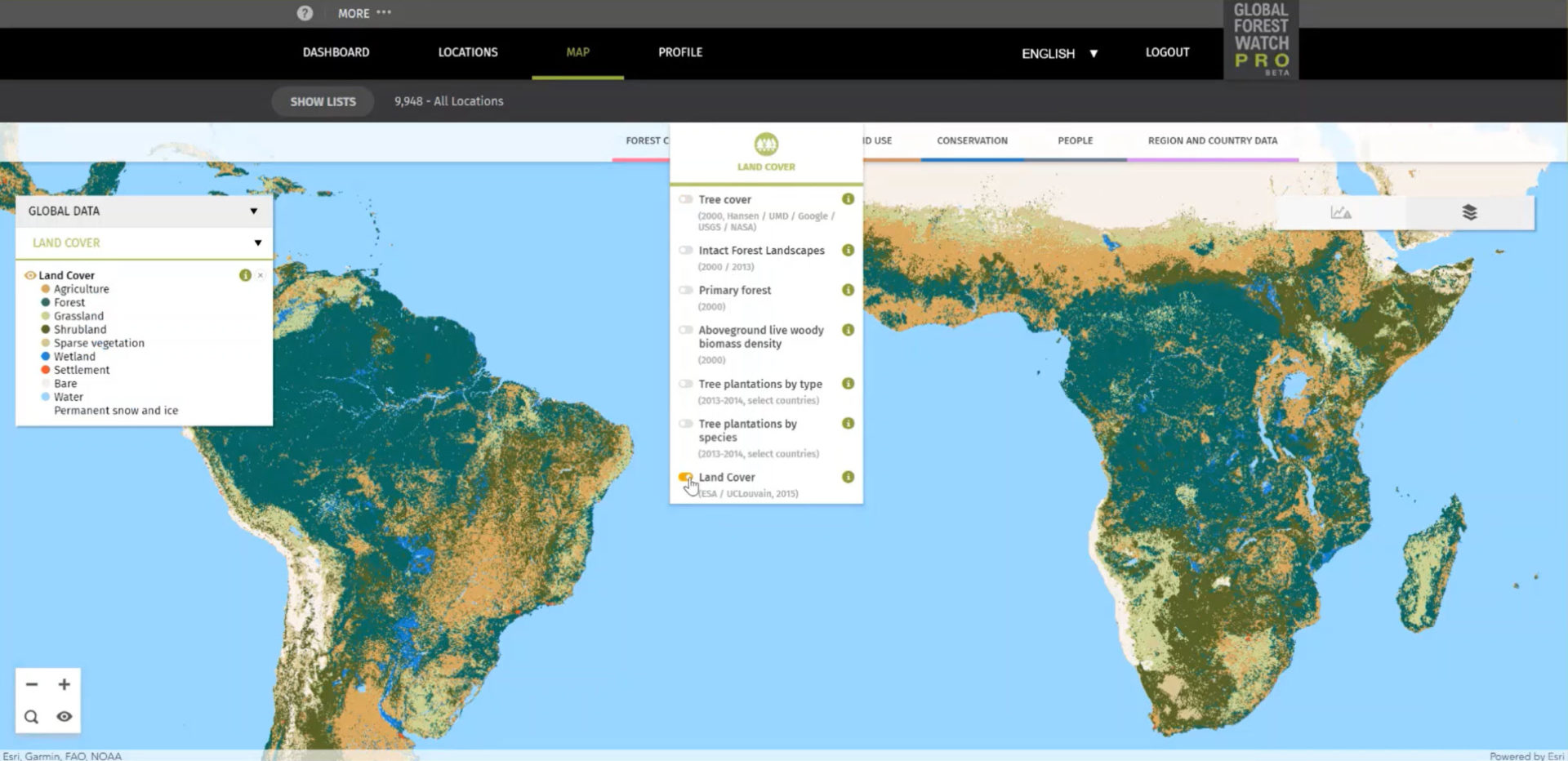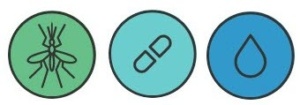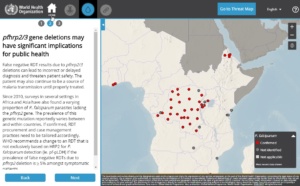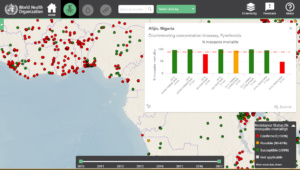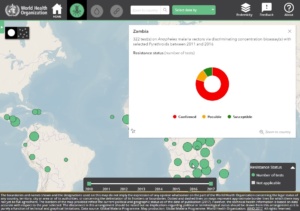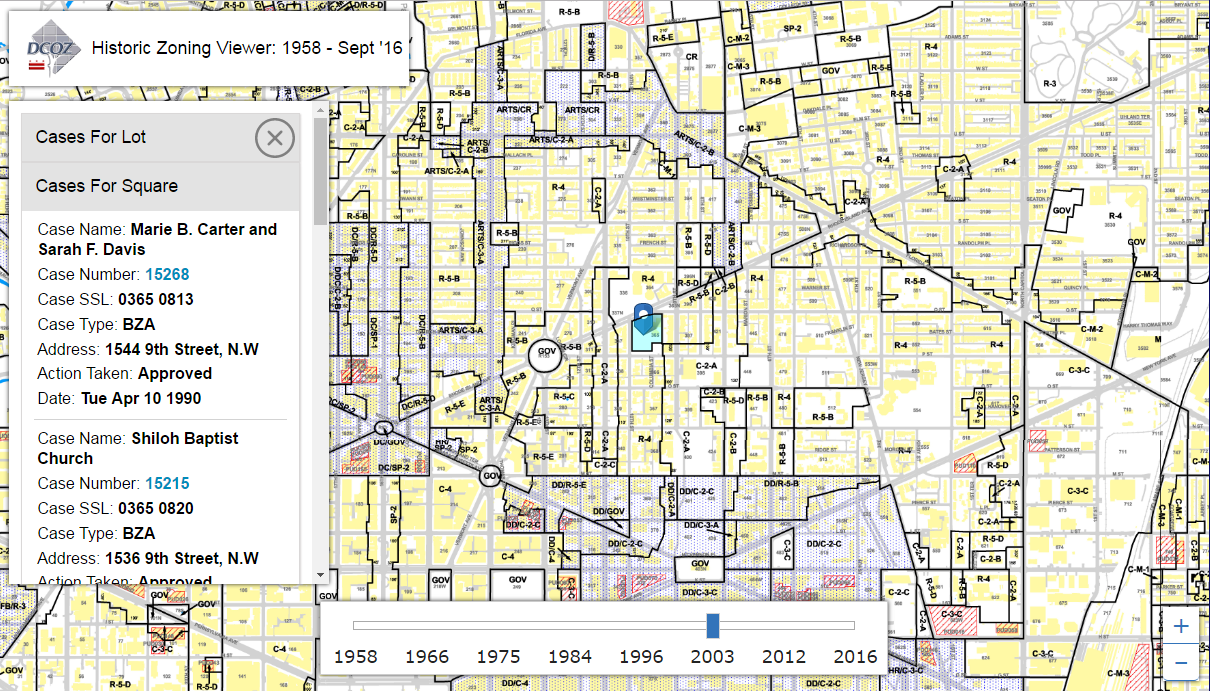The Nature Conservancy (TNC) is a global environmental nonprofit that works to conserve the vital bodies of water and land on our planet, and it is also a long-term partner of Blue Raster. From 2021 until 2023, Blue Raster once again collaborated with TNC to help the organization with a project that aims to restore critical coastal habitats.
Determining Goals for TNC’s Coastal Restoration Opportunities Project
TNC required Blue Raster’s support in meeting its main goals for the Coastal Restoration Opportunities project, which included:
- Delineating, mapping, and quantifying coastal restoration opportunities for five coastal habitats in the United States
- Establishing natural historical and current habitat occurrences through research, subject matter expert surveys, and literature reviews
- Creating interactive restoration opportunities maps
A Mission Rooted in History
Unlike some of the past projects for TNC, this one did not involve an application build-out. Instead, Blue Raster’s Abigail Krump and Jen Kern worked closely with TNC staffer, Bryan DeAngelis, and ocean resiliency expert, Annick Cros, to find, analyze, document, and map valuable datasets for the project. The five main datasets, which are habitats targeted for restoration opportunities, include:
- Oyster beds
- Salt marshes
- Mangroves
- Seagrass beds
- Kelp
In order to establish a historical baseline for the Coastal Restoration Opportunities project, Krump and Kern had to look at existing datasets from the government, satellite imagery, old scientific papers, and more. Inside the scientific papers, Krump and Kern often found hand-sketched maps or survey notes, which they then transformed into interactive restoration opportunities maps.
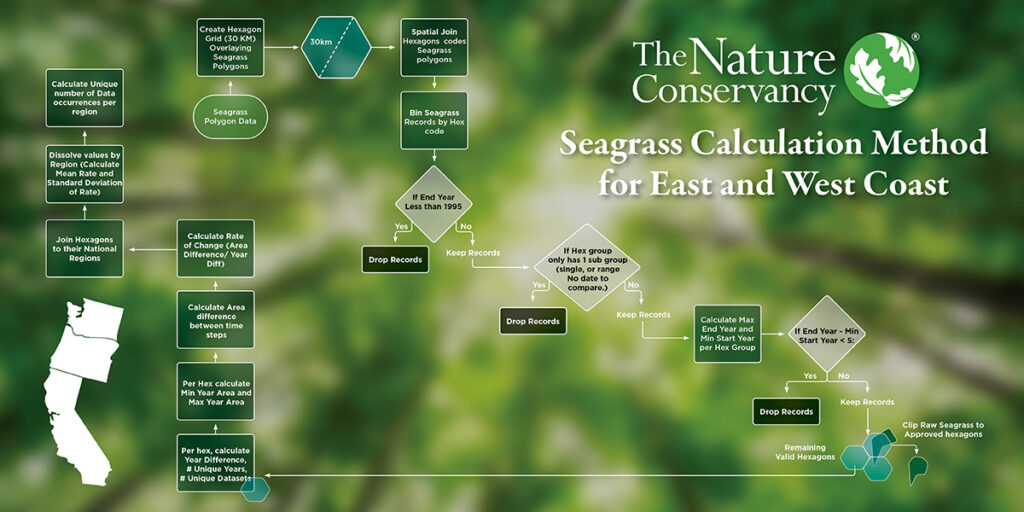
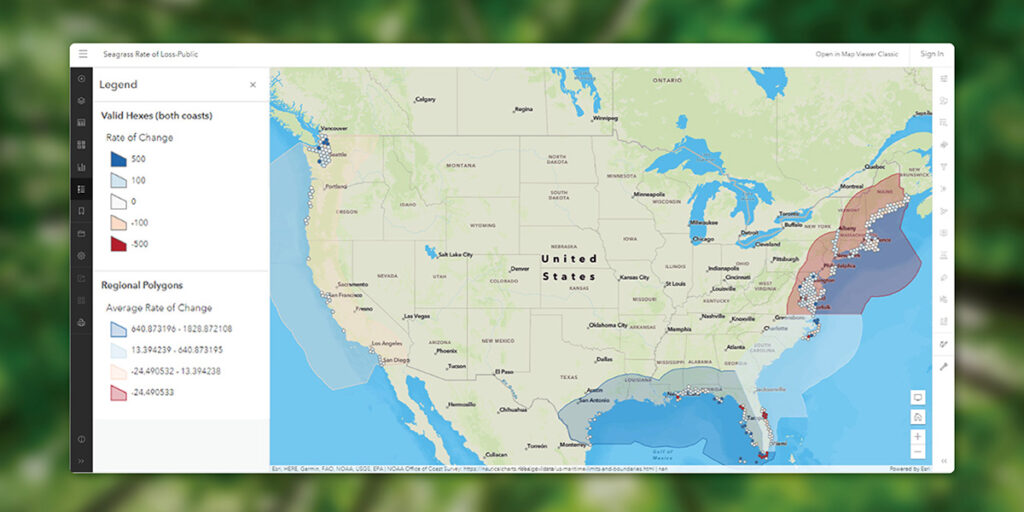
Impacting the Future of Restoration
The historic data collected by both teams has been published in various scientific journals and is available for scientists and coastal habitat experts to use for their own purposes, but the main goal is for it to be used to support and build cases for funding coastal restoration projects.
And the influence of TNC’s Coastal Restoration Opportunities project hasn’t halted since Blue Raster completed the research, data analysis, and map creation to produce the historical benchmarking resource the nonprofit requested. In fact, the datasets are already being used to support the pending legislation of California Assembly Bill 1407, the Ocean Life Recovery Act. If passed, Assembly Bill 1407 would protect California’s ocean ecosystems, including kelp, eelgrass, and native oysters, by launching essential restoration projects with the necessary backing from the state.
Could your organization’s data help change the world? Find out with research and data analysis support from Blue Raster.

